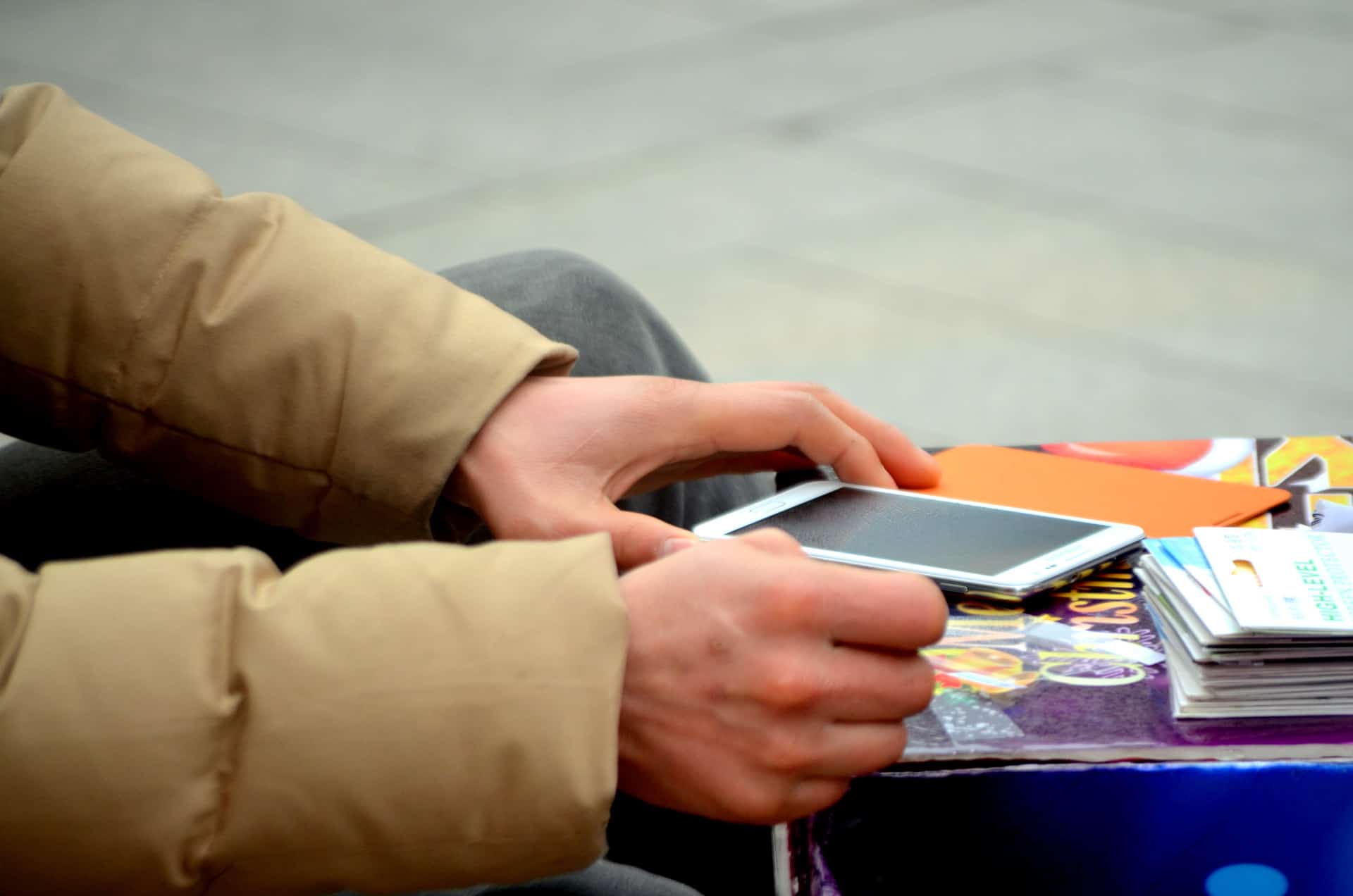Family members and friends who have loved ones who struggle with addiction often wait in earnest for the day that the addict in their life decides that they’ve had enough. Addicts wanting help may have to hit bottom before they reach out for help, but others may find they’ve “had enough” before their lives are in shambles. Whatever the circumstances, when an addict has decided they’re ready to get clean, the need is an urgent one. The temptation to get high (and stay high) is often hard to fight without professional help.
In a perfect world, an addict that wants to get clean will have access help as soon as they are ready to receive it. Unfortunately, we don’t live in a perfect world. We live in a country with an opiate epidemic. And as the opiate addiction epidemic continues to spiral out of control in middle and working class America, the resources available to get help are strained. Programs that take Medicaid or other indigent addicts now come with a wait list, and even esteemed programs that take private health insurance may not have enough beds.
People in seek of help, in the throes of addiction, are told that they have to wait, for days or weeks. For some addicts wanting help, the wait is even worse. In states like Virginia, for example, the wait list for may be months. The state has a limit to how many beds a facility can offer (16), making it difficult to open new treatment center without a lot of legal wrangling and legwork. The zoning for treatment centers makes it difficult to scout locations for new facilities; each treatment-related building must be located a certain distance from schools and day care.
The process of getting an addict into treatment can also be tricky; they will first go onto a wait list to do an initial assessment. Once they’ve been assessed, they are put on a wait list again, sometimes for two to three months until a bed becomes available. Many states that are experiencing spikes in addicted populations haven’t dedicated additional money to cope with the influx of addicts seeking help. Depending on individual needs and circumstances, the road to recovery may involve detoxification and an inpatient or outpatient treatment program, as well as transitional housing options or one-on-one therapy. All of these programs have their individual wait times as well.
Many states that are experiencing spikes in addicted populations haven’t dedicated additional money to fight the epidemic through treatment. With thousands of people sick and suffering, there are simply not enough paths to wellness available. Until the states and counties suffering directly from the impact of this epidemic start to dedicate monetary resources to recovery facilities, therapy, and treatment, there will be a gap in resources that will lose addicts through the cracks.
One solution that treatment programs are using to fill the gaps and help people “hold on” is pre-treatment groups, where using addicts are welcome as long as they’re not high. Attendees are also urged to attend 12 step meetings. Some of these addicts will become impatient and try to get clean on their own, while others may give up and return to fight their addiction another day. But some will get the support they need until their beds are available. The idea is that they will have a support group available while they wait.
The trickiest part of getting addicts into recovery shouldn’t be hoping that the addict picks up the phone in twelve weeks when their bed is available. The quicker an addict gets help, the faster they can reclaim their lives, learning to thrive and become a productive member of society. One major challenge is getting the states to dedicate money and resources to eliminate these barriers to recovery. There’s no reason that wait time should be such a large obstacle in communities battling this deadly epidemic.
Image Credit: Public domain via PublicDomainPictures.net



Leave A Comment
You must be logged in to post a comment.